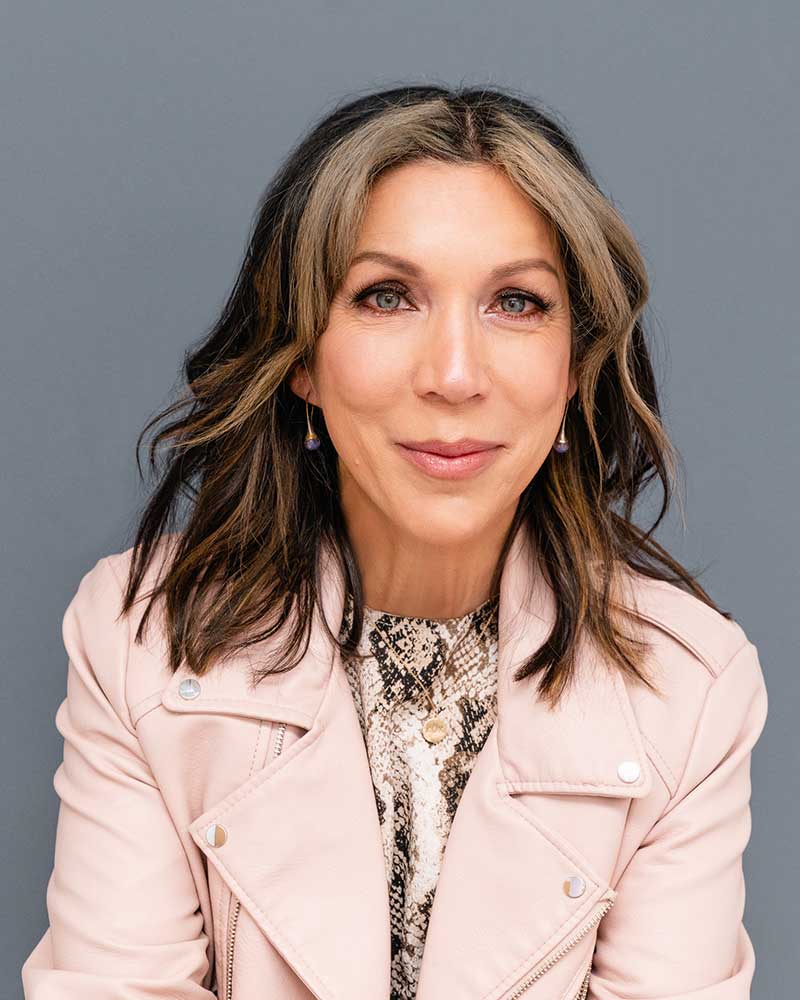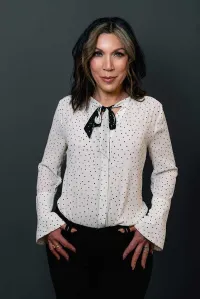JANIS BENSTOCK Real Estate Academy JANIS BENSTOCK Real Estate Academy JANIS BENSTOCK Real Estate Academy JANIS BENSTOCK Real Estate Academy JANIS BENSTOCK Real Estate Academy JANIS BENSTOCK Real Estate Academy JANIS BENSTOCK Real Estate Academy JANIS BENSTOCK Real Estate Academy JANIS BENSTOCK Real Estate Academy JANIS BENSTOCK Real Estate Academy JANIS BENSTOCK Real Estate Academy JANIS BENSTOCK Real estate academy
You belong here.
Real Estate isn't just a License — It’s Your Doorway to Freedom.
No hustle. No overwhelm. No pressure.
Just real support, real growth, and a path you can trust.
Safe, Supportive. Flexible schedules. A school that sees the whole human.

At Janis Benstock Real Estate Academy, we believe people don’t enroll to sit in a classroom —they enroll because they’re ready for a new life.
A life with...
More stability
More confidence
More choices
More freedom
And you deserve to step into that…without fear, shame, or uncertainty.
Here, you’re not a number.
You’re not “just another student.”
You’re a whole-ass human with goals, gifts, and a story — and we’re here to help you rise.
Choose Your Path
Get Your Real Estate
License (PA)
Start your journey with clear guidance, expert teaching, and a community built on support. This is your sign. You can do this.
Get Your Broker's License
Take your career to the next level with advanced training designed for real growth — not fluff.
Continuing Education (CE)
Learn from instructors who actually care — and walk away better, not just compliant.
Exam Prep
The Real Estate Exam is designed to trick you. We'll help you prepare for your exam and pass it with confidence.
Real Support. Real People.
Real Results.
This isn’t corporate. This isn’t cookie-cutter.
This is a real school run by real humans who care about your success.
We don’t hide behind jargon or scare tactics.
We guide, support, and empower — because you deserve a career that feels like home.
And when you grow with us?
You walk away more confident, more capable, and more YOU.

Real Estate Isn't About Houses.
It's About People.
A message from Janis...
“I built this academy because I know what it feels like to want more —
to crave stability, possibility, and a way to build a better life…but not know where to start. The world can be overwhelming. Getting your real estate license shouldn’t be. Here, you’re supported. Here, you’re believed in. Here, you’re safe.
You are unstoppable. You can have anything you want in this life. If real estate is part of your plan, JBREA was created for you. I’m honored to walk this journey with you.
xo
Janis"
Be led by something
greater than money,
& the money will follow.
Be led by something
greater than money,
& the money will follow.
blog

Most Real Estate Agents Struggle To Manage Their Finances
6 min read
Do you find yourself constantly stressed about money and wondering where it all goes? If so, you’re not alone. Most real estate agents struggle with financial management, especially due to the unpredictable nature of commission income. But there’s a simple solution: Profit First.
Profit First is a financial management system that helps real estate agents handle their money effectively, even when their income is unpredictable. It’s based on the principle of paying yourself first and prioritizing profit over expenses. I read about this system in the book by Mike Michalowicz.
As great as I am at selling real estate, I would often (always) find myself struggling to pay the bills because I had no idea how to budget myself with a sporadic income. The book gives a detailed system for avoiding the pitfalls and how to do the bookkeeping and accounting for your business.
The first half of the book had me on the edge of my seat because I knew that this was the solution. The second half got way too granular for me as it dove into the details of the accounting, so I am not going to discuss that part here.
For now, here is the basic plan to get you out of that feast or famine cycle forever.
The Profit First system helps you overcome these challenges by prioritizing profit and ensuring that you always have enough money to cover your expenses, even during lean months.
With Profit First, you’ll be able to:
Plan for the future and achieve your financial goals, even with unpredictable income
Reduce stress and anxiety around money, knowing that you have a solid financial plan in place
Make more informed decisions about where to allocate your resources, so you can maximize your earning potential.
Here are 5 simple steps to get you started doing Profit First.
Step 1: Determine Your Target Allocation Percentages
The first step in implementing Profit First is to determine your target allocation percentages. This involves dividing your income into different categories based on their priority. For example, you may allocate 50% of your income to profit, 30% to taxes, 10% to owner’s compensation, and 10% to operating expenses.
These numbers and categories are designed for entrepreneurs, so if the term operating expenses seems like it doesn’t apply to you, remember that you are a small business. Maybe a term like business expenses, or marketing and dues feels better. Use whatever feels right to you so that the system makes sense and you will use it. You can increase this number to include your personal bills too. That’s what I do, that way, profit is actually profit.
These percentages may vary depending on your individual circumstances, but the important thing is to prioritize profit over expenses.
Step 2: Open Separate Bank Accounts
The next step in implementing Profit First is to open separate bank accounts for each category. This will help you keep your money organized and ensure that you’re not dipping into funds that are allocated for other purposes.
For example, you may open a bank account for profit, taxes, owner’s compensation, and operating expenses. This will help you keep track of your money and ensure that you always have enough to cover your expenses, even during lean months.
The key for me was to open my tax account at a separate bank. I made sure that there were no fees and that it didn’t cause more friction in my life.
I had to transfer the money from one bank to another, and this can take a few days, but it’s free. It puts the tax money out of sight so I don’t even think about it when I need cash for a bill or a purchase. Instead, I figure out a way to work for the money or even do a commission advance, but I do not touch the government’s money!
Step 3: Set up Automatic Transfers
According to Profit First, once you’ve opened separate bank accounts, it’s time to set up automatic transfers. This involves transferring a percentage of your income into each account based on your target allocation percentages.
For example, if you allocate 50% of your income to profit, you would transfer 50% of your income into your profit account each month. This will help you prioritize profit and ensure that you’re always paying yourself first, even when your income is uncertain.
This is from the book, but it simply does not work for us since we don’t get a steady paycheck. So instead of automatic transfers, I have created ritualistic transfers. Every time I get paid, I do my transfer routine.
I de-clutter my desk, and sit down with my candle, phone and laptop. I remind myself that money flows easily to me and I take a moment of gratitude for the money in my bank and the services I received that I am about to pay for as I go through my bills.
I manually calculate the transfer amounts and then I go online and move the money. Once I am done, I look at the balances in my accounts and how they are growing, then I look at my sales pipeline and call 5 people I know to catch up.
This last bit is super important to me because it is a little reward I give myself for taking care of my money and it also reminds me to keep talking to people so I generate new business.
Step 4: Monitor Your Accounts
The next step in implementing Profit First is to monitor your accounts regularly. This involves tracking your income and expenses and making adjustments as needed.
If you notice that you’re overspending in one category, you may need to adjust your target allocation percentages or find ways to reduce your expenses. If you’re not meeting your profit targets, you may need to find ways to increase your revenue or reduce your expenses, even during lean months.
I avoided this part for the longest time. I was so busy trying to make money that I was resentful of having to slow down and count it. Now that I pay attention to it, my stress level has reduced around money. I also catch mistakes or fees sooner and I am intuitively aware of when I need to increase my business.
Step 5: Continuously Improve
The final step in implementing Profit First is to continuously improve. This involves tracking your progress and making adjustments as needed. As you become more familiar with the system, you may find that you need to adjust your target allocation percentages or make other changes to improve your financial management.
Your accountant will help you with the tax portion, and if you don’t have an accountant, or you do, but you don’t have a decent relationship with them, it might be because you have your head in the sand with your money.
Once you start to take control of your finances, you will find that your relationship with your accountant will improve, or you will finally realize they suck and then you will get a new one.
The other portions, like profit and operating expenses can change as you grow. For example, as you scale, you might automate some systems and decrease your operating costs.
That means you get to add more to your profit. Pretty freaking cool, huh?
Selling real estate and hunting for business every day is stressful enough. Dealing with money stress on top of that is just too much to handle and can feel like it’s going to break you. If you have ever been ready to trade in your Real Estate License for a steady paycheck, profit first might be the solution you’ve been searching for.
You are unstoppable. You can be, do or have anything you desire. If real estate is part of your plan, JBREA was made for you.
JANIS BENSTOCK JANIS BENSTOCK JANIS BENSTOCK JANIS BENSTOCK JANIS BENSTOCK JANIS BENSTOCK JANIS BENSTOCK JANIS BENSTOCK JANIS BENSTOCK JANIS BENSTOCK JANIS BENSTOCK JANIS BENSTOCK
JBREA COURSES JBREA COURSES JBREA COURSES JBREA COURSES JBREA COURSES JBREA COURSES JBREA COURSES JBREA COURSES
explore real estate classes
GET YOUR REAL
ESTATE LICENSE
GET YOUR
BROKER's LICENSE
Are You Ready to Change Your Life?
If real estate is part of your plan, book a call today to see how to get started.

